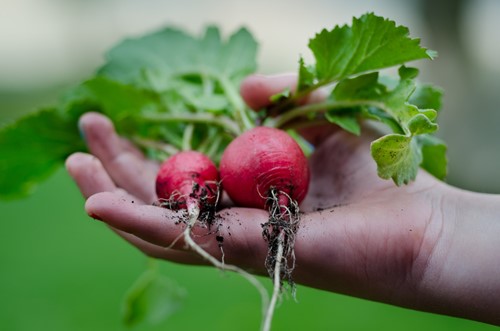
Cold weather can be bad news for vegetable gardens, especially if unexpected. While many plants are hardy and frost-resistant, most tender vegetables cannot survive sudden freezing temperatures. Luckily, there are some measures you can take to protect your garden from an unexpected frost. Here are some tips to remember:
Water During the Day
Adjust your watering schedule to ensure you're watering during the day. The key is to saturate the soil rather than leave extra moisture on the leaves. Damp soil can trap heat and insulate the roots of the plant, protecting them from cold. As the water evaporates, it will keep the air slightly warmer near ground level.
Cover Crops With Blankets & Sheets
Old sheets and lightweight blankets can make great DIY frost protection. Use garden stakes, hoops or other supports to create a low tent over the veggies with the sheet or blanket. This will keep them insulated and protect the tender leaves from freezing. Another great tip is to use pillowcases on your tomato cages--just make sure to remove all of the fabric in the morning so the plants can get the light they need.
Shield With Plastic Containers
Plastic is an incredibly efficient insulator. Many gardeners build vegetable greenhouses out of plastic sheets to keep the plants safe and warm in cold climates. Plastic sheeting is a convenient option because you can cut it to size; however, using plastic bins, storage boxes, garbage cans or any other plastic container works just as well. Place them upside-down over your plants to shield them from the frost. This is especially effective for seedlings and tender greens.
These are just a few ways to protect your garden from freezing temperatures. For a thriving garden any time of year, make sure to research the specific needs of each plant so you know where to focus your efforts.
About the Author

